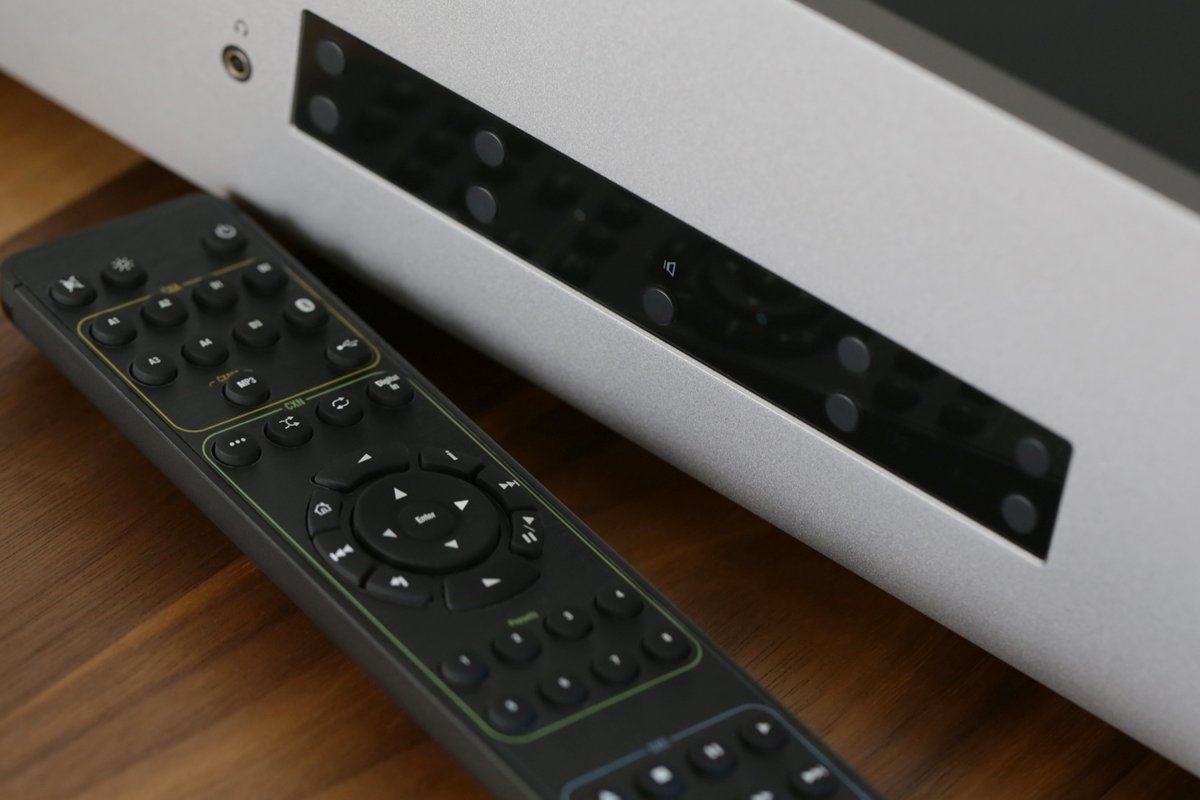These days, it’s becoming increasingly common for audio manufacturers to offer integrated amplifiers with built-in, high-resolution DACs. For audiophiles who want a low-footprint system to use in real-world living spaces, that’s a very good thing. Add a pair of speakers and a digital source component like a notebook PC or network streamer, and you have most of the world’s music at your fingertips.
With the rapid changes occurring in digital audio, the digital section of an integrated-DAC can begin showing its age after a few years, and the time comes for an update. Such is the case with Cambridge Audio’s CX-series amplifiers. The 60Wpc CXA60 and 80Wpc CXA80 have now been on the market for five years, and have just received significant makeovers.
Like the CXA61 ($999, all prices USD), the CXA81 ($1299) has a new, higher-resolution DAC and built-in Bluetooth, the latter a feature its predecessor lacked.
Inside and out
Measuring 16.9”W x 4.5”H x 14.2”D and weighing 19.1 pounds, the CXA81 has the same dimensions as the CXA80. Like its predecessor, the CXA81 is a class-AB design specified to output 80Wpc RMS into 8 ohms or 120Wpc RMS into 4 ohms. Its toroidal power transformer has separate secondary windings for the left and right channels, and feeds separate rectifier blocks and filter capacitors.
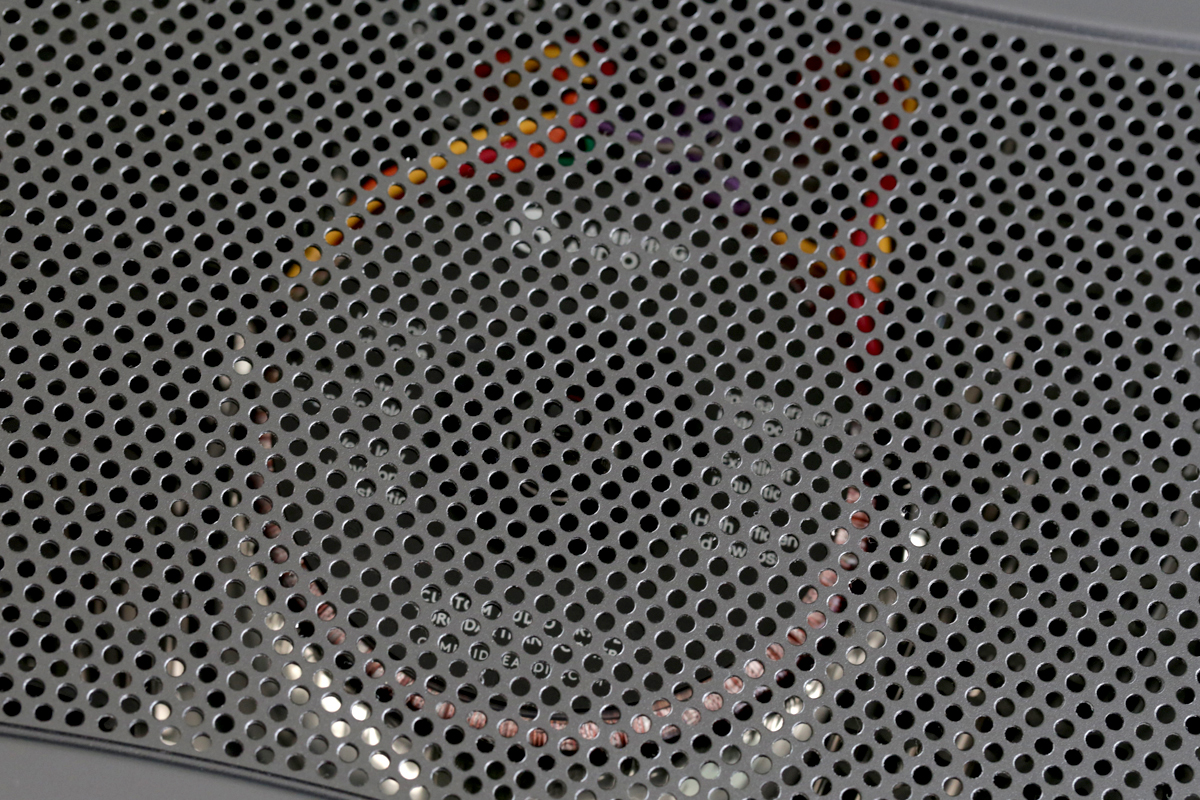
The biggest changes are in the digital section. The CXA81’s Bluetooth receiver supports the high-resolution aptX HD codec. Bluetooth connectivity was offered on the CXA80 through the optional BT100 dongle, which supported aptX but not aptX HD. Whereas the CXA80 had a Wolfson WM8740 DAC with maximum resolutions of 24-bit/192kHz PCM and DSD64 via USB, the CXA81 has an ESS Sabre ES9016K2M DAC with maximum resolutions of 32/384 PCM and DSD256.
The CXA81 has an attractive finish that Cambridge Audio calls Lunar Gray. It comes with a full-size remote control that can operate the amplifier, as well as the matching CXN network streamer ($1099) and CXC CD transport ($599).
Inside a black, rectangular area near the center of the front panel are a screen and nine buttons: two groups of four, one at left and one at right, to select among, respectively, the CXA81’s four analog and four digital inputs; and a ninth, central button for routing the amp’s output to its two sets of speaker terminals: A speakers or B speakers, or A+B. To the left of this dark rectangle is a 3.5mm headphone jack that mutes the speakers when headphones are plugged in; at far right is a large volume knob, and at far left the power button.
The CXA81 has one coaxial and two TosLink S/PDIF digital inputs, respectively labeled D1, D2, and D3. The fourth digital input, D4, is for USB and Bluetooth: hold down the button to toggle between these functions. (The remote control has separate buttons for USB and Bluetooth.)
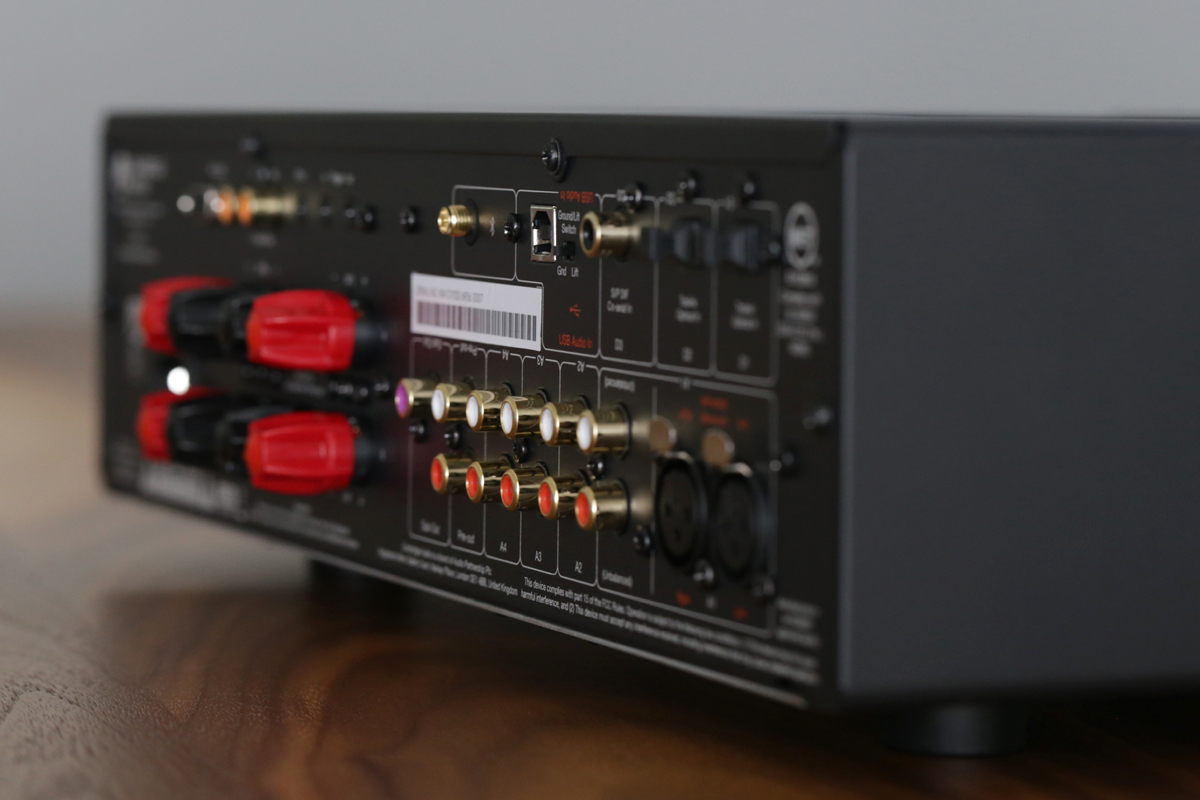
Three of the four analog inputs are unbalanced (RCA) only; but for the A1 input, users can choose between balanced (XLR) and unbalanced (RCA) by holding down the A1 button on the front panel or remote.
In addition to two sets of speaker terminals, the CXA81 has a set of variable line-level outputs (RCA) and a single subwoofer output jack. The sub output has a low-pass filter centered on 2.5kHz, with a slope of 12dB/octave. This crossover frequency is unusually high; users will need to set a more suitable crossover frequency on the sub itself.
New on the CXA81 is an RS-232 port for integration with home-automation systems, and a 12V 3.5mm trigger in/out jack for powering up the CXA81 from the trigger output of other components, or powering up connected components when the CXA81 is turned on.
Anyone who’s ever had to hook up source components to an amp in a dark, confined space behind an equipment rack will appreciate the CXA81’s upside-down labels above all input and output jacks, in addition to the right-side-up labels below the jacks.
Setup
The only documentation provided with the CXA81 is a Safety Guide and rudimentary Quick Start leaflet that covers all four CX-series components. The leaflet covers basic wired connections, but that’s it. If you want to use, say, Bluetooth, you’ll need to download the full manual from Cambridge Audio’s support site.
For my listening tests, I connected the CXA81 to a pair of Totem Acoustic Sky Tower floorstanding speakers using a 10’ pair of AudioQuest Q2 speaker cables terminated with banana plugs. The Sky Tower has a 1.3” fabric-dome tweeter and a 5.75” midrange-woofer, and was favorably reviewed on SoundStage! Hi-Fi by Philip Beaudette in November 2018. I placed them to either side of the faux fireplace in our ground-floor living room, 7’ apart, 7’ from my listening position, and 16” from the wall behind them.
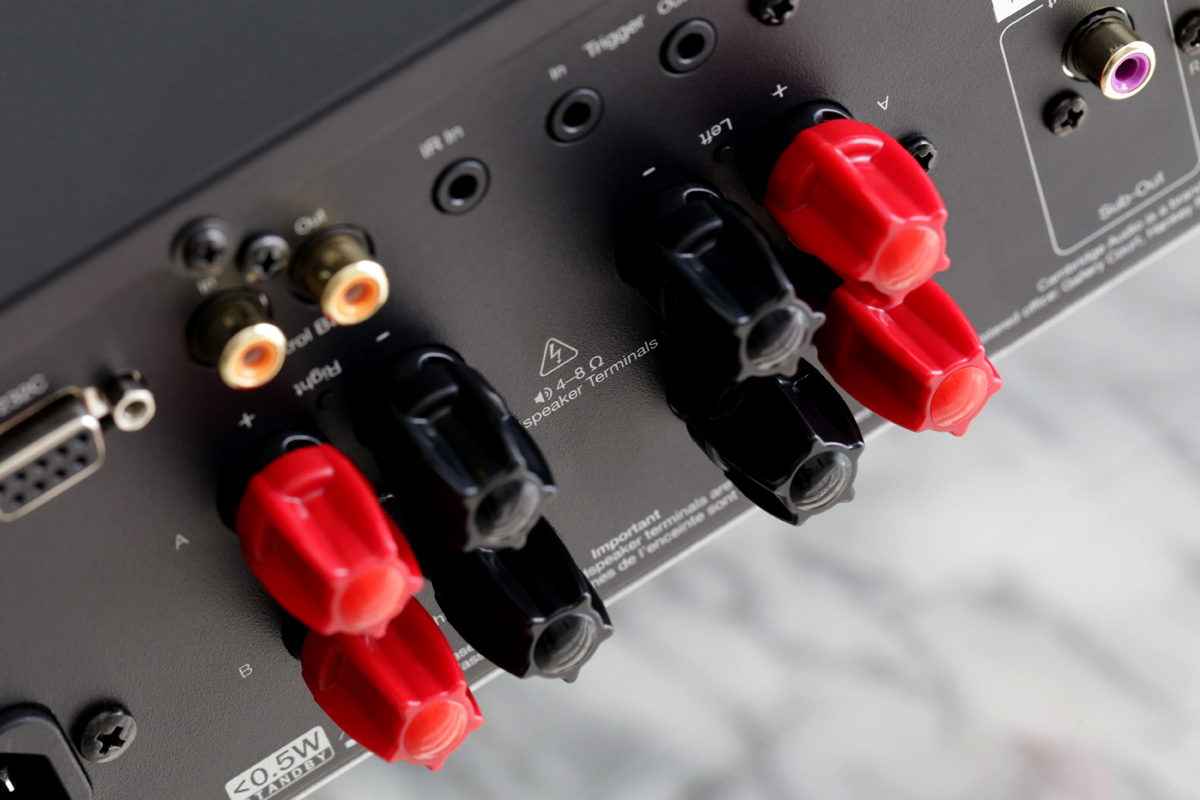
Most of my listening was done via the Roon app on my MacBook Pro, which I connected to the CXA81’s USB port. I used Roon to stream from Qobuz and Tidal, and from the Mac Mini in my second-floor office, which stores my music library and runs Roon Core 1.7.
Listening
Throughout my listening, I was impressed with the CXA81’s macrodynamics and speed. A new recording of Berlioz’s Symphonie Fantastique, performed on period instruments by the French ensemble Les Siècles under the direction of François-Xavier Roth (24-bit/44.1kHz FLAC, Harmonia Mundi/Qobuz), confirmed the CX81’s ability to go from pianissimo to fortissimo in a heartbeat.
Premiered in 1830 and scored for 90 instruments, Symphonie Fantastique relates in sound the story of a young artist who, in despair over unrequited love, takes an overdose of opium. In the fourth movement, March to the Scaffold, the artist dreams that he’s murdered his beloved and is being led to his execution. The movement takes the form of a solemn, relentless march punctuated by wild passages for brass and percussion, and concludes with the imagined execution. Just a few seconds in, a huge drumroll played by four timpanists exploded out of the speakers, and so it continued for the entire movement. The period brasses blaring out responses at the end of every bar of the main theme, and blasting out the anthem-like counter-theme, were completely thrilling, full of bite and color.
I was equally impressed by the big soundstage created by the CXA81 and Sky Towers, and by the transparent orchestral textures within it. Throughout the movement, the CXA81’s speed and articulation did full justice to the French players’ razor-sharp ensemble playing and their music director’s lightning-fast phrasing.
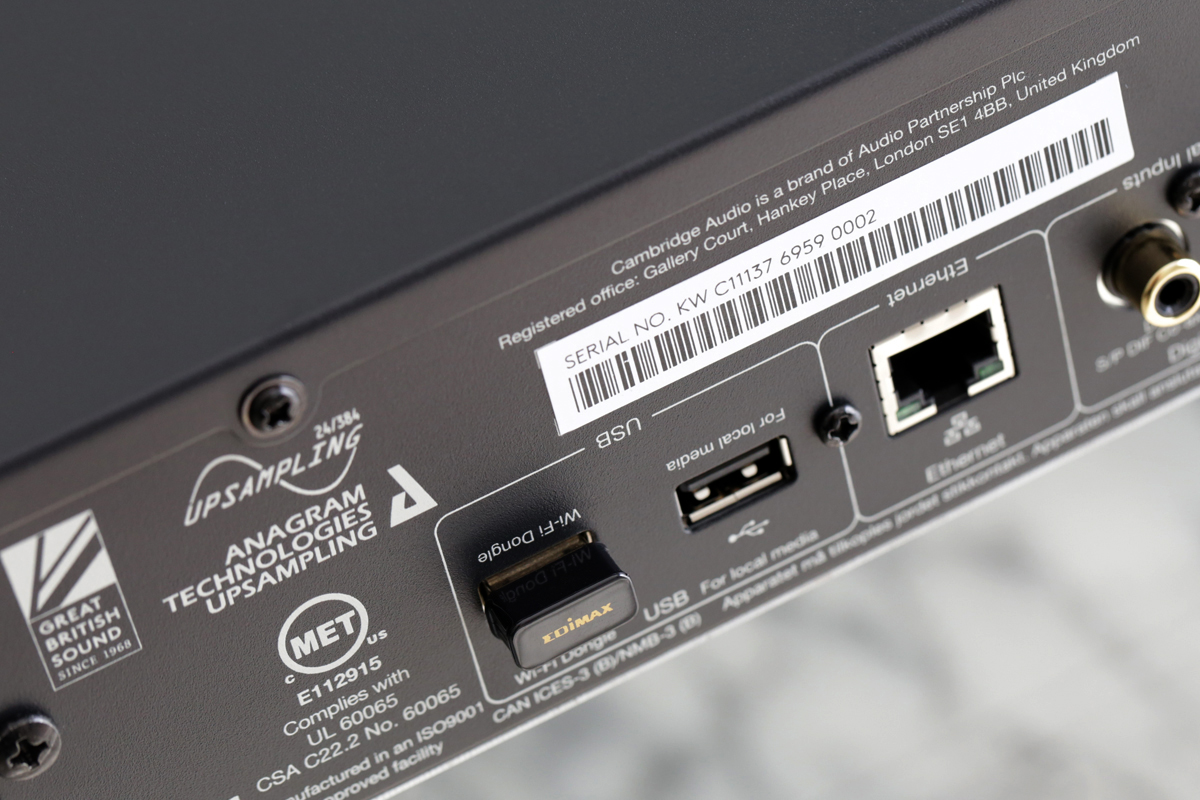
Not all was perfect. The strings and brass could sound a bit strident at times. And in the densest passages, such as the imagined execution at the end, the sound was a little congested. But considering that this massive work was being played through a pair of small two-way floorstanders and a mid-priced 80Wpc integrated, the sound was remarkable.
Turning to another musical portrayal of substance abuse, I loved how the CXA81 reproduced Madeleine Peyroux’s haunting cover of Elliott Smith’s “Between the Bars,” from her album Careless Love (16/44.1 ALAC, Rounder). While this dark, reverb-laden track has no demanding dynamic swings, it calls for subtlety, which the CXA81 delivered.
The song is underpinned by David Piltch’s simple double-bass riff on the left, the swish of Jay Bellemore’s brushed snare drum at the center, and Dean Parks’s strummed acoustic guitar on the right. The CXA81 and Sky Towers arrayed these elements across a big, enveloping soundstage, creating a hazy, soporific atmosphere that ideally matched Peyroux’s hypnotic, seductive singing.
Partway in, on the right side of the soundstage, Larry Goldings begins playing harmony on an old Estey pump organ; on the left, he plays brief passages on celeste and reverberant arpeggiated chords on piano, as Bellemore adds scratched and mallet-struck cymbals in the center. Through the CXA81 and Sky Towers, these phrases emerged out of the ether. The transients of piano, celeste, and cymbals were sharp but not overlit, and decayed beautifully into the reverberant background, like a hallucination that lingers a while before fading into darkness.
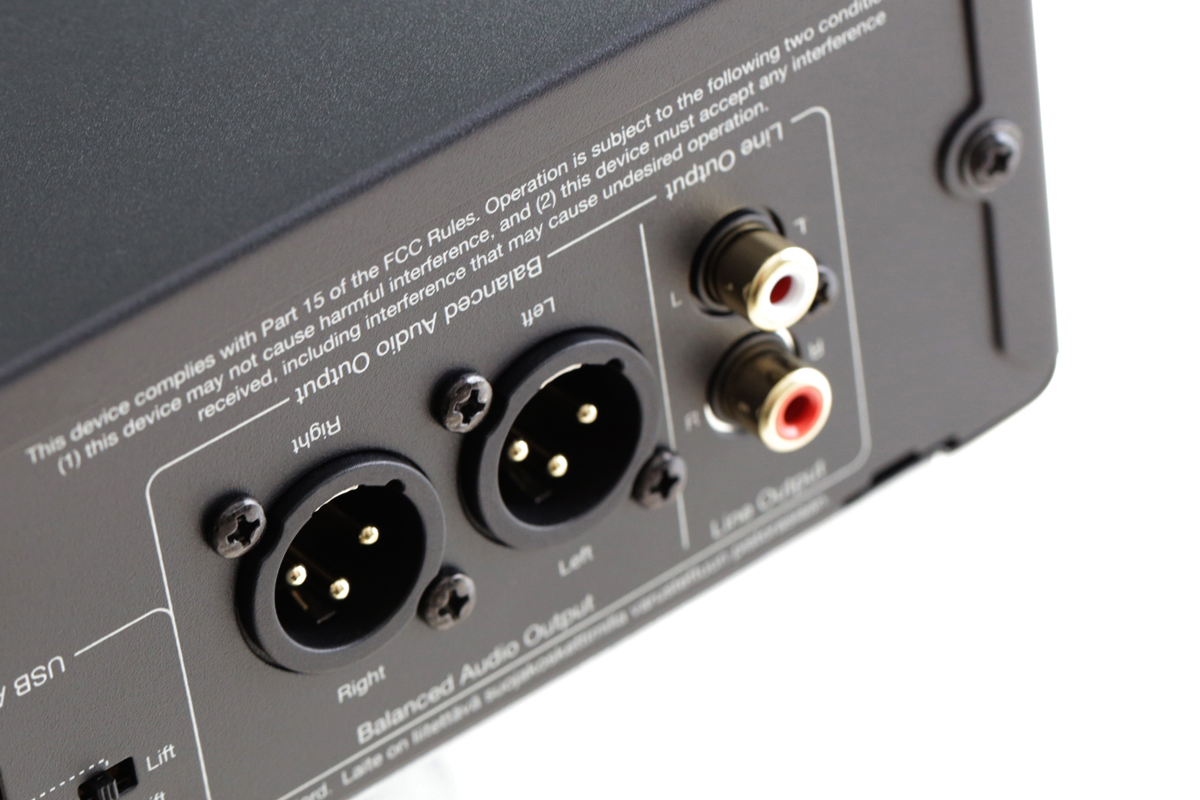
Since its release in 1974, Midnight Sugar, by Japan’s Tsuyoshi Yamamoto Trio (DSD64, Three Blind Mice/Impex), has become an audiophile classic. Everything about the title track sounded just right through the CXA81 and Sky Towers. Yamamoto has a very percussive piano style, especially in the higher octaves, and for this recording his instrument was closely miked. The CXA81 delivered Yamamoto’s hard staccato phrases, on the left side of the soundstage, almost effortlessly. In the center, Isoo Fukui’s double bass had a deliciously woody resonance and wonderful tactility. On the right, Tetsujiro Obara’s snare rolls were wonderfully articulate. All three players were presented on a huge soundstage with precise specificity of aural images -- each was locked in place.
To assess the CXA81’s Bluetooth capability, I paired the amplifier with my LG G7 ThinQ smartphone and cued up a favorite track on the Tidal app: “Riders on the Storm,” from the Doors’ L.A. Woman (24/96 MQA, Elektra/Tidal). Issued in 1971, this was the last Doors album released during the lifetime of lead singer Jim Morrison, who died three months later, apparently of a heart attack.
With Bluetooth, the Tidal app would not have been performing MQA decoding. But through the CXA81 and Sky Towers, Morrison’s voice had loads of texture -- even with a regular Bluetooth connection. According to a Wikipedia entry on the song, Morrison overdubbed his lead vocal with himself whispering the song’s lyrics, to create an echo effect. This came through as a slight rasp at the leading edges of vowels.
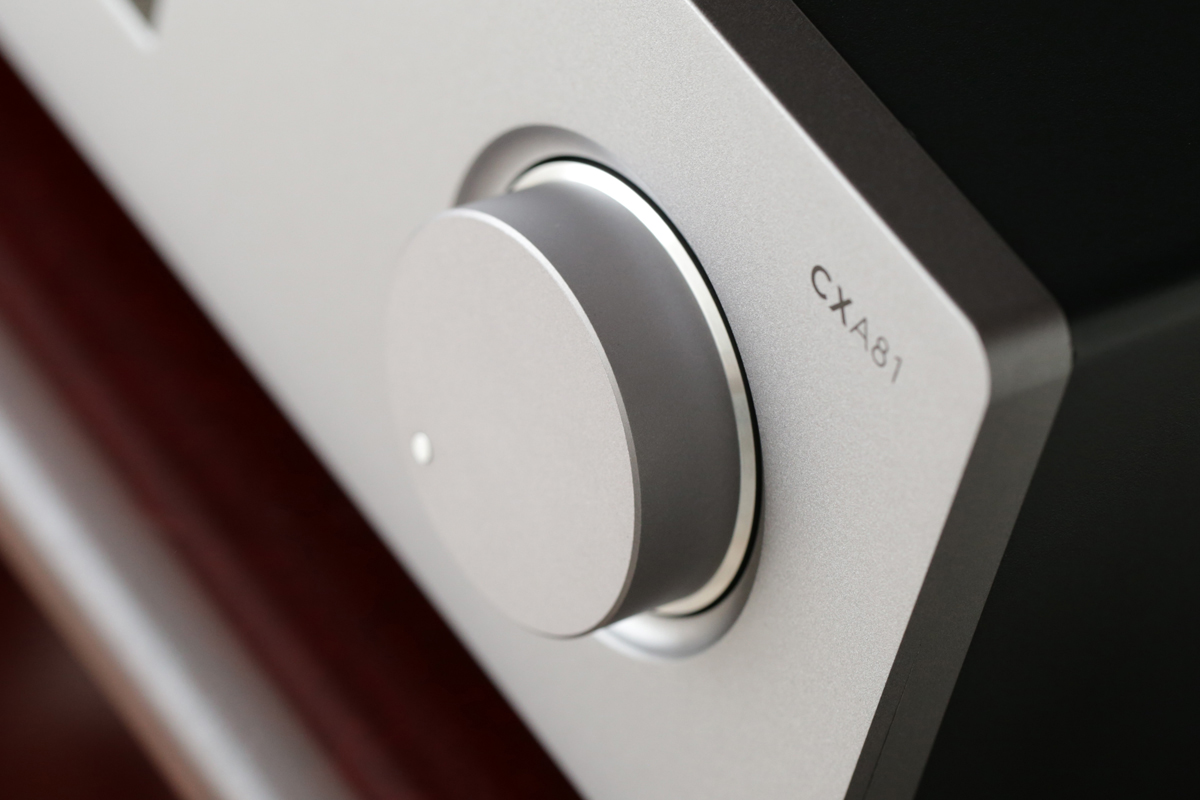
Next, I enabled aptX HD on my LG G7 by selecting Best sound quality in the Connection Type menu of the phone’s Bluetooth settings menu. This made a noticeable improvement. Morrison’s voice now sounded more embodied, his whispers better integrated with his full-voiced lead, so that the intended echo effect was more apparent. The soundstage was better filled in -- through a standard Bluetooth connection, the musicians seemed more like cardboard cutouts. With aptX HD, the thunderstorm sounds that punctuate the song sounded less electronic. John Densmore’s drums had satisfying body, and his cymbals had natural sheen rather than sizzle. Ray Manzarek’s electric piano on the left and Robby Krieger’s electric guitar on the right both had lovely texture and detail.
Playing the same track from my MacBook Pro via USB took the sound to another level. Roon performed the first unfolding of Tidal’s MQA stream, then passed a 24/96 stream on to the CXA81’s DAC. This considerably opened up the soundstage, making it more fully three-dimensional. Morrison’s voice had more texture, and Densmore’s drums sounded faster and more impactful -- I was better able to appreciate his deft snare rolls. With Krieger’s guitar and Manzarek’s keyboard, I heard more natural decays after the initial transients. Through the CXA81, this psychedelic classic sounded impressively dynamic and seductively jazzy.
Comparison
Outputting 75Wpc and including a hi-rez DAC, Hegel Music Systems’ H120 integrated-DAC is similar to the Cambridge CXA81, but with a few differences in features: the H120 lacks Bluetooth, but has Ethernet connectivity and supports Apple AirPlay and Spotify Connect. And at $3000, the H120 costs more than twice as much.
Given that difference in price, you’d expect the H120 to sound better, and for the most part it did. With most tracks, the Norwegian amp had a little more dynamic punch, better microdetailing, and greater refinement.
I did all of my comparative listening via the Roon app on my MacBook Pro, which I connected to the H120’s USB port. With March to the Scaffold from Symphonie Fantastique, strings and brass sounded a little smoother through the H120 but had just as much bite. Timpani had more body -- in the quiet timpani rolls, I heard more of the drumheads. Orchestral textures were a bit more transparent, with more space around notes. In loud passages, such as the imagined execution at the end of the movement, the H120 was less compressed -- by comparison, the CXA81 sounded as if it were starting to run out of gas.
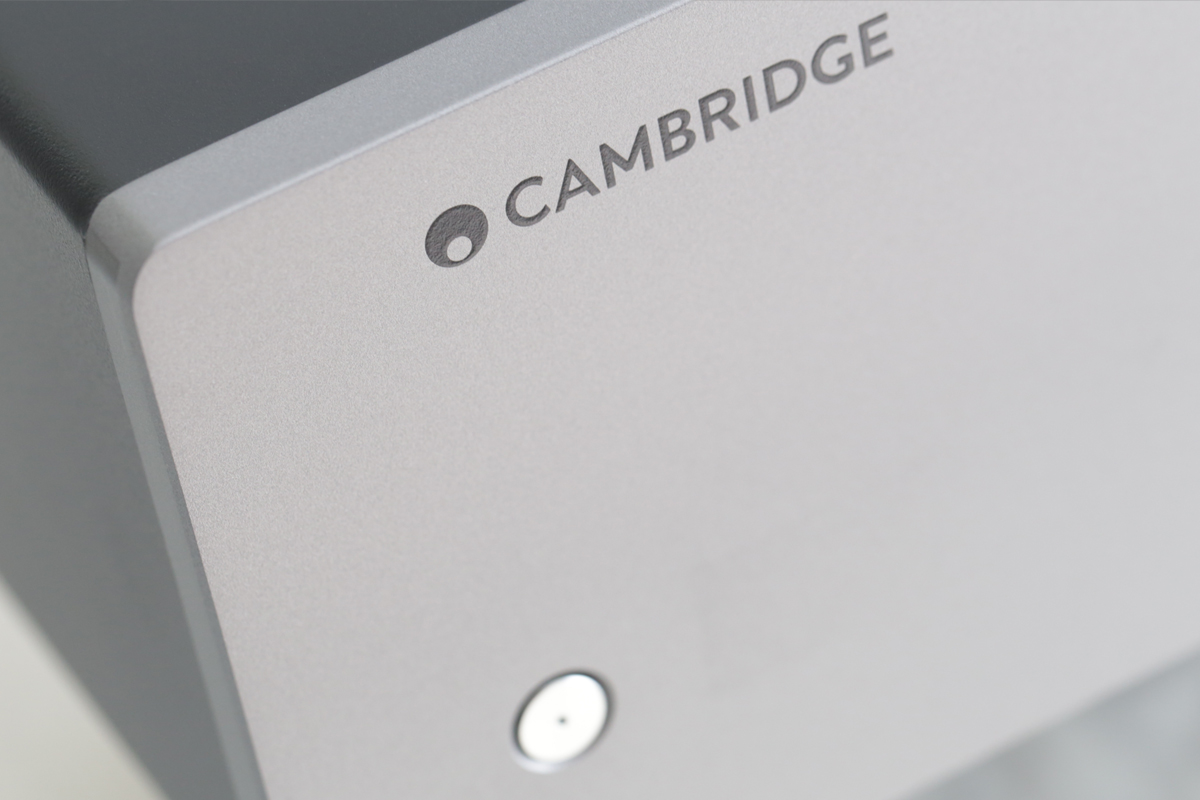
Through the H120, Madeleine Peyroux’s voice was a little farther back on the soundstage in “Between the Bars,” and sounded a bit more embodied, more flesh-and-blood. The transients of Larry Golding’s celeste and piano seemed slightly less sharp through the H120, but that was because their dynamics were more finely delineated, which more convincingly integrated these instruments’ sounds into the entire soundscape.
The H120 doesn’t support MQA, but Roon was doing the first unfolding of Tidal’s MQA stream of the Doors’ “Riders on the Storm,” which the Hegel’s display confirmed had a sample rate of 96kHz. While the CXA81 and H120 were similar in terms of clarity and dynamic impact, the Hegel sounded fuller and more refined. Compared to the H120, the thunderclaps had a slightly electronic, tearing quality through the CXA81 -- through the Hegel they sounded deeper, more a force of nature than a sound effect. Krieger’s electric guitar and Manzarek’s electric piano had slightly more snap and body, and Densmore’s drums a bit more oomph and force.
Because the H120’s DAC section doesn’t support DSD, Roon resampled Yamamoto’s “Midnight Sugar” to 24/96 PCM, as the amp’s display confirmed. His piano had a little more body through the H120, but his staccato phrases didn’t hit as hard as they did through the CXA81. Fukui’s double bass had less of the woody snap I’d admired with the CXA81, and Obara’s drum rolls were slightly less impactful and articulate. Also, the soundstage produced by the H120 was smaller and less open than the CXA81’s. Perhaps there was microdetail in that DSD file that got lost in the translation to 24/96 PCM for playback on the H120. Whatever the case, the CXA81 delivered more excitement and texture with this track.
Headphone listening
Whereas the Hegel H120’s headphone output is pulled down from the speaker output, the CXA81 has a dedicated headphone amplifier.
Listening through my HiFiMan Edition X V2 planar-magnetic headphones to Berlioz’s March to the Scaffold, I found the sound from the Hegel’s headphone output a little smoother than the CXA81’s, but also less dynamic. Orchestral textures were more transparent through the CXA81, with less compression in fortissimo passages.
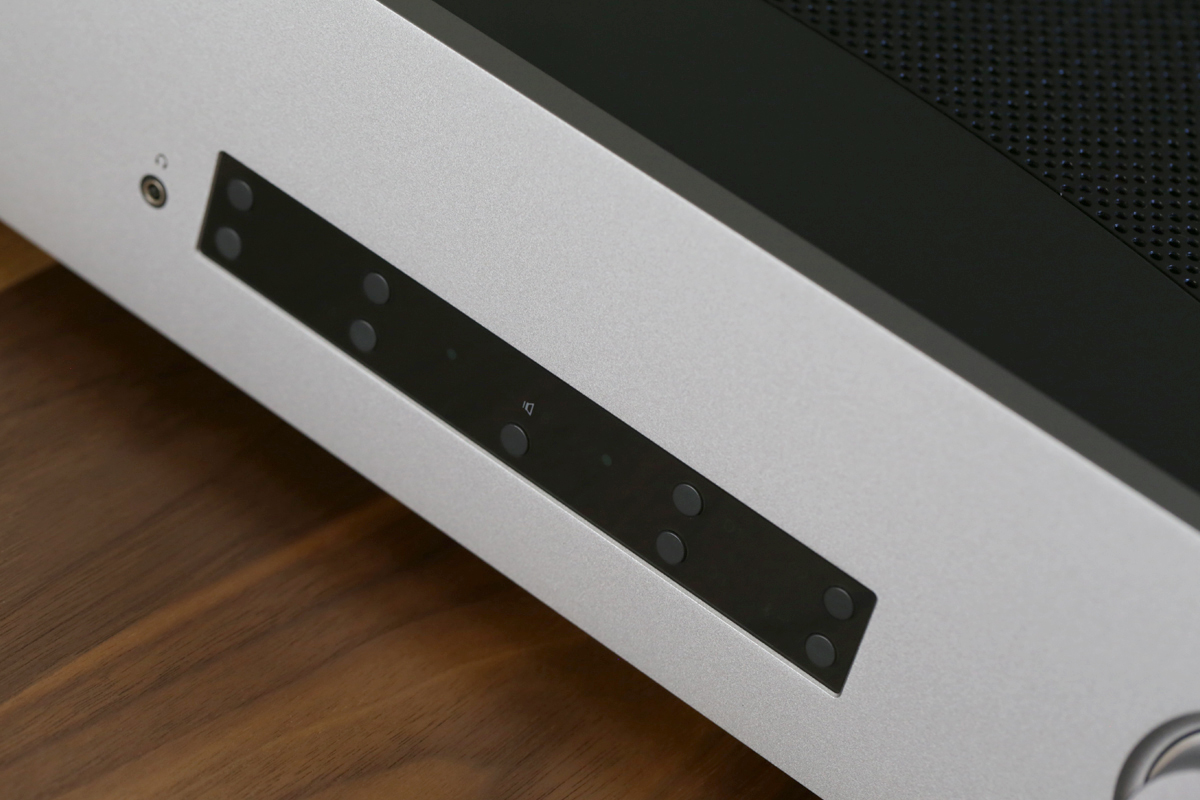
I also compared the CXA81’s headphone amp with my desktop rig: an iFi iDSD Micro BL headphone amp-DAC ($599) connected to my MacBook Pro via USB. Like the CXA-81, the iDSD Micro BL supports MQA and DSD.
From “Midnight Sugar” the CXA81’s headphone amp delivered Yamamoto’s percussive attacks with impressive ease -- but the iFi was better, with sharper piano attacks and longer decays. Fukui’s double bass sounded deeper and more resonant. Drums had more snap, with more finely delineated dynamics. Compared to the iDSD Micro BL, the CXA81’s headphone amp sounded somewhat congested. But let’s get real -- the iFi costs just under half the CXA81’s price and has no speaker output. What this comparison confirmed for me is that the CXA81’s headphone output is more than serviceable.
Conclusion
I really enjoyed my time with Cambridge Audio’s CXA81 integrated-DAC. Its higher-resolution DAC and integrated Bluetooth receiver are welcome upgrades from Cambridge’s previous CX-series integrated-DACs, which in their five years on the market won praise for their value and performance.
Throughout my listening, the CXA81 delivered impressive dynamics that belied its price tag, and conveyed subtle details that pulled me into the music. This attractive, affordable integrated amplifier-DAC is a must-hear for anyone who wants to put together a mid-priced, modern digital music system.
. . . Gordon Brockhouse
Associated Equipment
- Speakers -- Totem Acoustic Sky Tower
- Sources -- Apple MacBook Pro (early 2015) running Roon 1.7, Apple Mac Mini (mid-2011) running Roon Core 1.7, LG G7 ThinQ smartphone
- Integrated amplifier-DAC -- Hegel Music Systems H120
- Headphones -- HiFiMan Edition X V2
- Headphone amplifier-DAC -- iFi iDSD Micro BL
- Speaker cables -- AudioQuest Q2 (10’, banana plugs)
- USB link -- AudioQuest Cinnamon (2m)
- Power cords -- AudioQuest NRG-Y3
- Network -- Google Wifi three-node mesh network
Cambridge Audio CXA81 Integrated Amplifier-DAC
Price: $1299 USD.
Warranty: Two years parts and labor.
Cambridge Audio USA
1913 N. Milwaukee Avenue
Chicago, IL 60647
Phone: (877) 357-8204
E-mail:
Website: www.cambridgeaudio.com



